Max Verstappen was crowned triple world champion in Qatar, putting him among the list of the greatest Formula 1 drivers of all time.
Yet the Dutch driver's incredible talent is not enough alone to conquer the world - for that he needs the machine underneath him to deliver.
This is not to diminish Verstappen's immense contribution, and a simple comparison with team-mate Sergio Perez show how important the driver-car combination is. The human factor is indispensable.
In this analysis, we will zoom in on the technical framework of Verstappen's three championship-winning cars to understand how he was able to capture, and then retain his World Championship.
2021: RB16B
Despite what the "B" in the name suggests, the RB16B was not a transition car.
Red Bull aimed high from the outset of 2021, and right from the get-go, expectations were met: extreme rear aerodynamics and a minimized gearbox made for an aerodynamically sleek car.
One of the secrets, or rather one of the most effective strategies in terms of aerodynamic tuning, was the rake (horizontal inclination) of the car.
This allowed the diffuser to be extended to the entire length of the floor, making it possible to generate more downforce compared to competitors' - chiefly title rival Lewis Hamilton and his Mercedes W12.
The front wings could be adapted accordingly, with less profile and lower pitch than competitors.
2022: RB18
For 2022, the technical regulations were totally revamped, with ground effects reintroduced, with the knowledge and skill of Adrian Newey and his team evident in every little detail of the RB18, with Newey's prior knowledge of ground effects from the 1980s and his time in CART (now IndyCar) proving invaluable.
The RB18 is distinctive in terms of its design, mainly due to the complexity in the profile of the Venturi channels under the car, as well as a perfect integration between the aerodynamic concept of the car and the dynamic management of the car - in terms of the suspension.
A pull-rod suspension at the front, characterized by a strong slope toward the upper wishbones, provides an "anti-dive effect. This effect is enhanced by less load transfer.
The competitive advantage of the car was immediately noticeable and in great contrast to its competitors, who at this time still suffered from porpoising due to the lower ride heights demanded by ground effects.
Although the RB18 was run closest to the track, in practice, the car suffered virtually no bouncing.
This also made the introduction of Technical Directive 039 at the 2022 Belgian Grand Prix, to combat porpoising, irrelevant to the team.
2023: RB19
At a first glance, the RB19 is a simple evolution of the 2022 RB18 which claimed 17 wins and brought the Constructors' Championship back to Milton Keynes for the first time since 2013.
But in reality, the car cleverly hides the extremes of the aerodynamic and dynamic concepts, with the RB19 significantly lighter than its predecessor.
The only real shortcoming of the 2022 car was its weight, it the initial car being 12 kilograms heavier than its nearest rival.
While a lighter chassis was designed and produced in the summer of 2022, it was never used - although it did form the base of the RB19 chassis.
This, combined with progressive aerodynamic refinement around the inlet shape of the sidepods, the floor edge and lower airflow guides, makes the RB19 the most competitive car Red Bull has ever produced, with 17 wins from 18 races in 2023 and a sizeable peformance advantage over the rest of the field.
Don't miss out on any of the Formula 1 action thanks to this handy 2026 F1 calendar that can be easily loaded into your smartphone or PC.
Download the calenderMost read
In this article
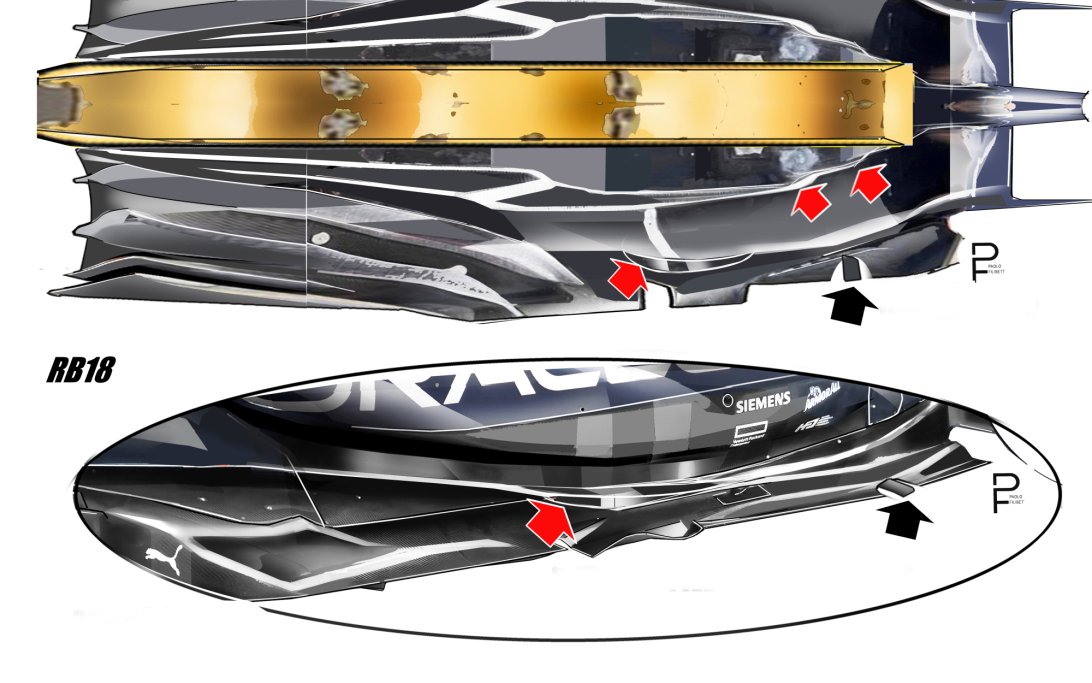
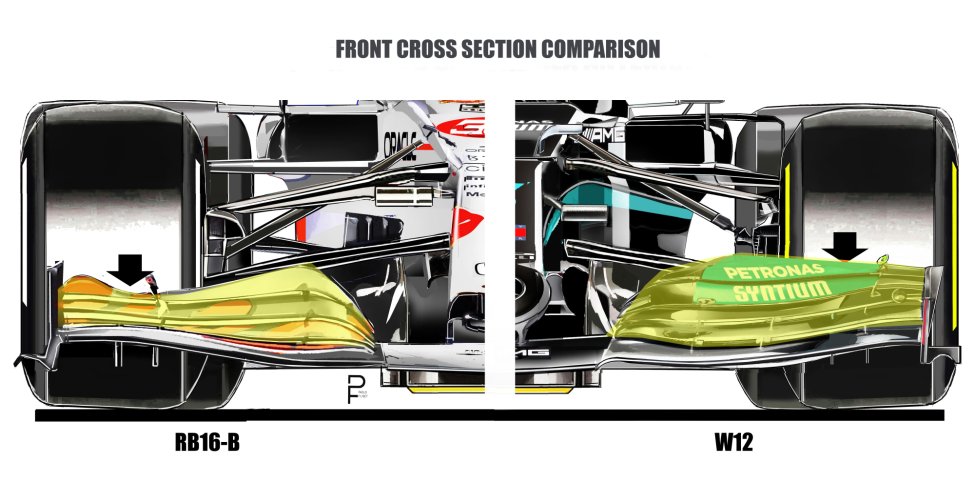
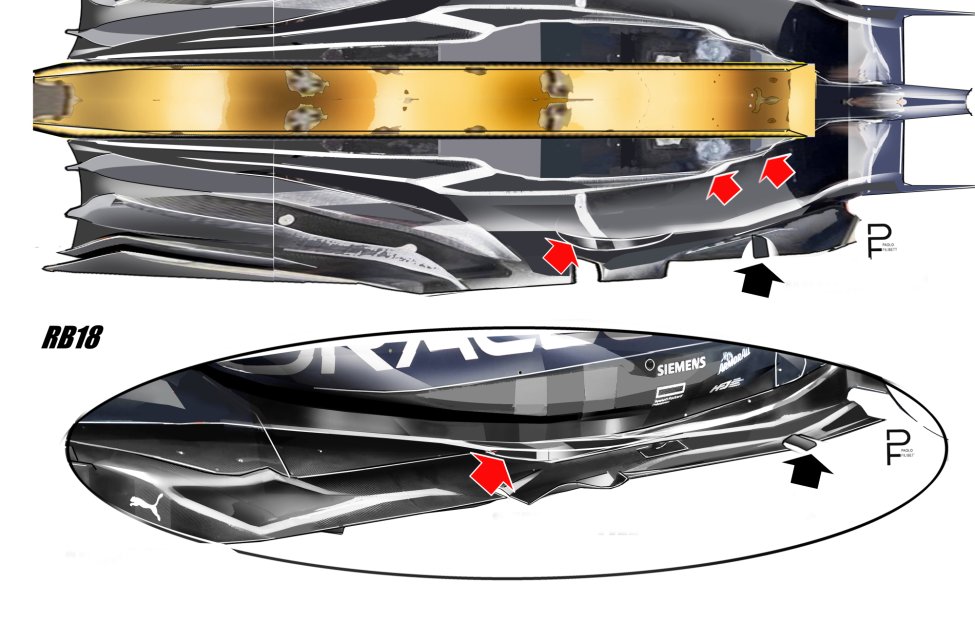
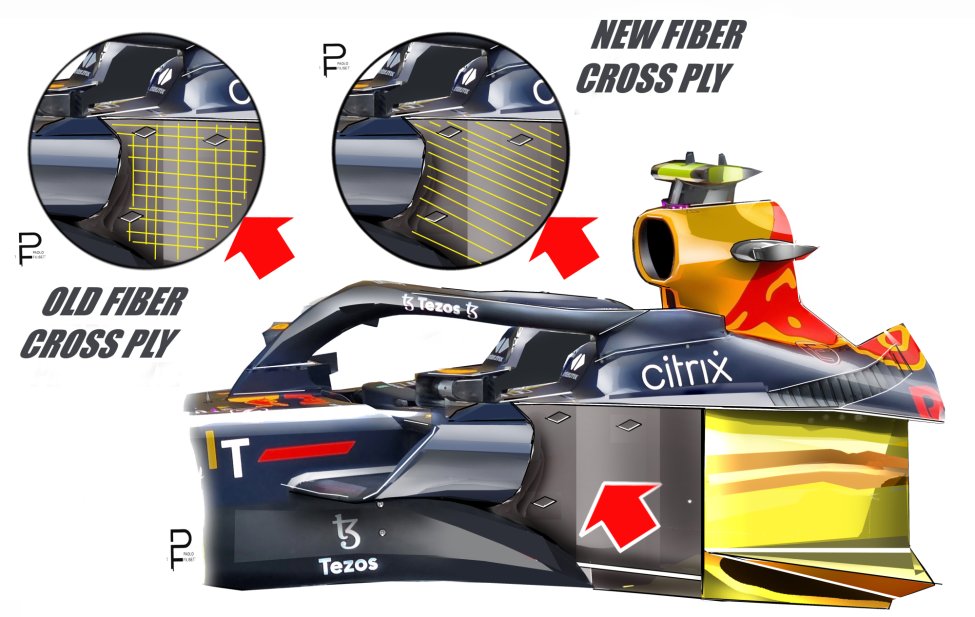
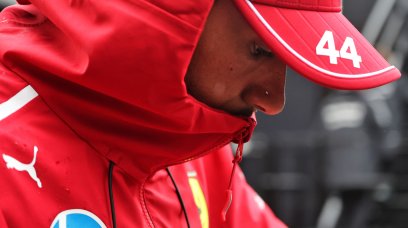
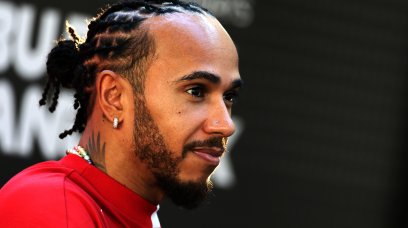
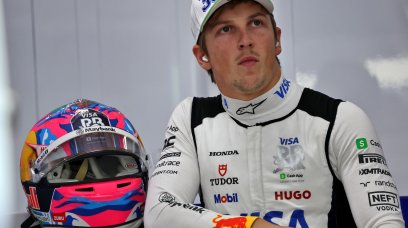
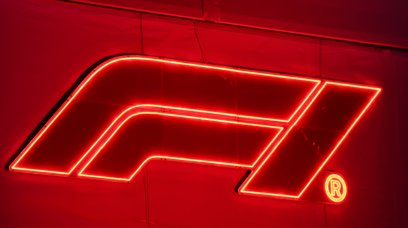
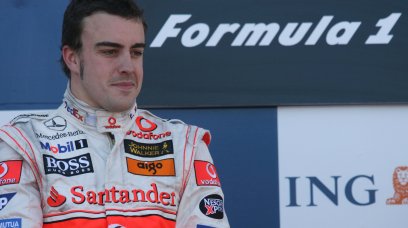
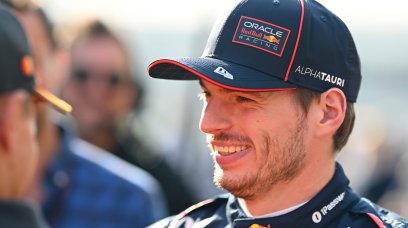

Join the conversation!